Unlocking Efficiency: How Air Flow Meters Enhance HVAC System Performance
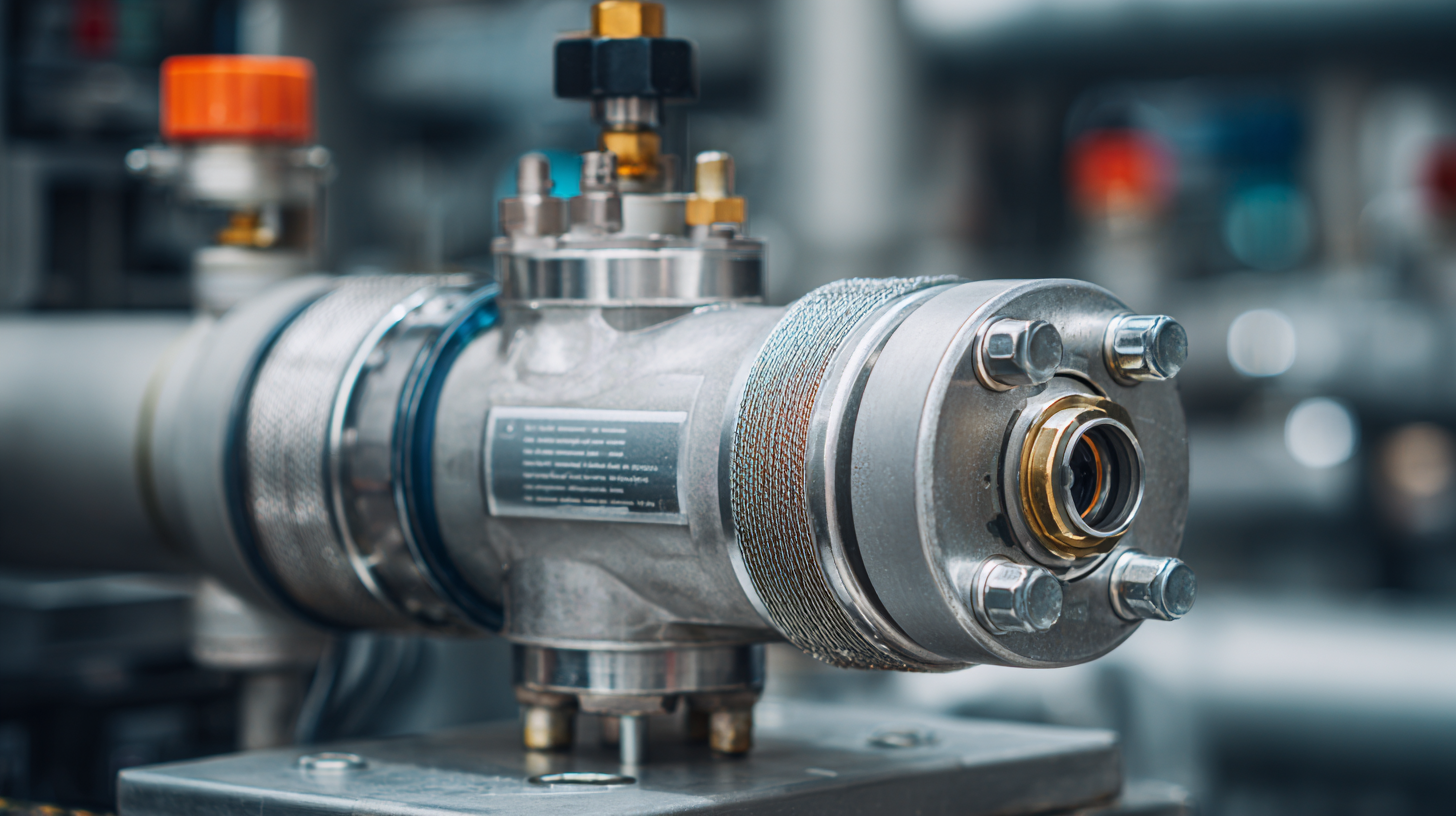 In the quest for optimal HVAC system performance, the integration of advanced technologies has become paramount. One such innovation is the Air Flow Meter, a critical tool that not only measures air flow rates but also enhances overall efficiency. According to a report by the American Society of Heating, Refrigerating and Air-Conditioning Engineers (ASHRAE), proper airflow measurement can improve HVAC energy efficiency by up to 30%. Furthermore, the U.S. Department of Energy estimates that inefficient HVAC systems account for nearly 30% of energy usage in commercial buildings. By utilizing Air Flow Meters, facilities can ensure balanced air distribution, reduce energy consumption, and enhance indoor air quality. As the industry continues to evolve towards energy-efficient practices, harnessing the capabilities of Air Flow Meters will be indispensable for achieving both sustainability and operational excellence.
In the quest for optimal HVAC system performance, the integration of advanced technologies has become paramount. One such innovation is the Air Flow Meter, a critical tool that not only measures air flow rates but also enhances overall efficiency. According to a report by the American Society of Heating, Refrigerating and Air-Conditioning Engineers (ASHRAE), proper airflow measurement can improve HVAC energy efficiency by up to 30%. Furthermore, the U.S. Department of Energy estimates that inefficient HVAC systems account for nearly 30% of energy usage in commercial buildings. By utilizing Air Flow Meters, facilities can ensure balanced air distribution, reduce energy consumption, and enhance indoor air quality. As the industry continues to evolve towards energy-efficient practices, harnessing the capabilities of Air Flow Meters will be indispensable for achieving both sustainability and operational excellence.
Understanding Air Flow Meters: The Key to Optimizing HVAC Efficiency
Air flow meters play a crucial role in optimizing the efficiency of HVAC systems. By providing precise measurements of air velocity and flow rates, these instruments allow HVAC professionals to make informed decisions regarding system design, maintenance, and adjustments. According to a report by the U.S. Department of Energy, proper air flow measurement can improve system efficiency by up to 30%, which not only saves energy but also enhances occupant comfort levels.
Incorporating air flow meters facilitates better airflow management, ensuring that every area of a building receives the necessary ventilation. A study from the American Society of Heating, Refrigerating and Air-Conditioning Engineers (ASHRAE) highlights that maintaining balanced air pressure leads to a significant reduction in energy costs—projected savings of about 10% to 20% annually for commercial buildings. Furthermore, accurate air flow management can prevent problems such as equipment wear and tear or even system failures, ultimately contributing to the longevity of HVAC systems. Thus, understanding and utilizing air flow meters can directly impact the effectiveness and sustainability of air conditioning and heating operations.
Unlocking Efficiency: Air Flow Meters and HVAC Performance
This chart illustrates the impact of air flow meters on HVAC system efficiency through various metrics such as energy consumption, airflow rate, and maintenance frequency. The data represents a hypothetical scenario showing significant improvements when air flow meters are implemented.
The Role of Accurate Measurements in HVAC Performance Enhancement
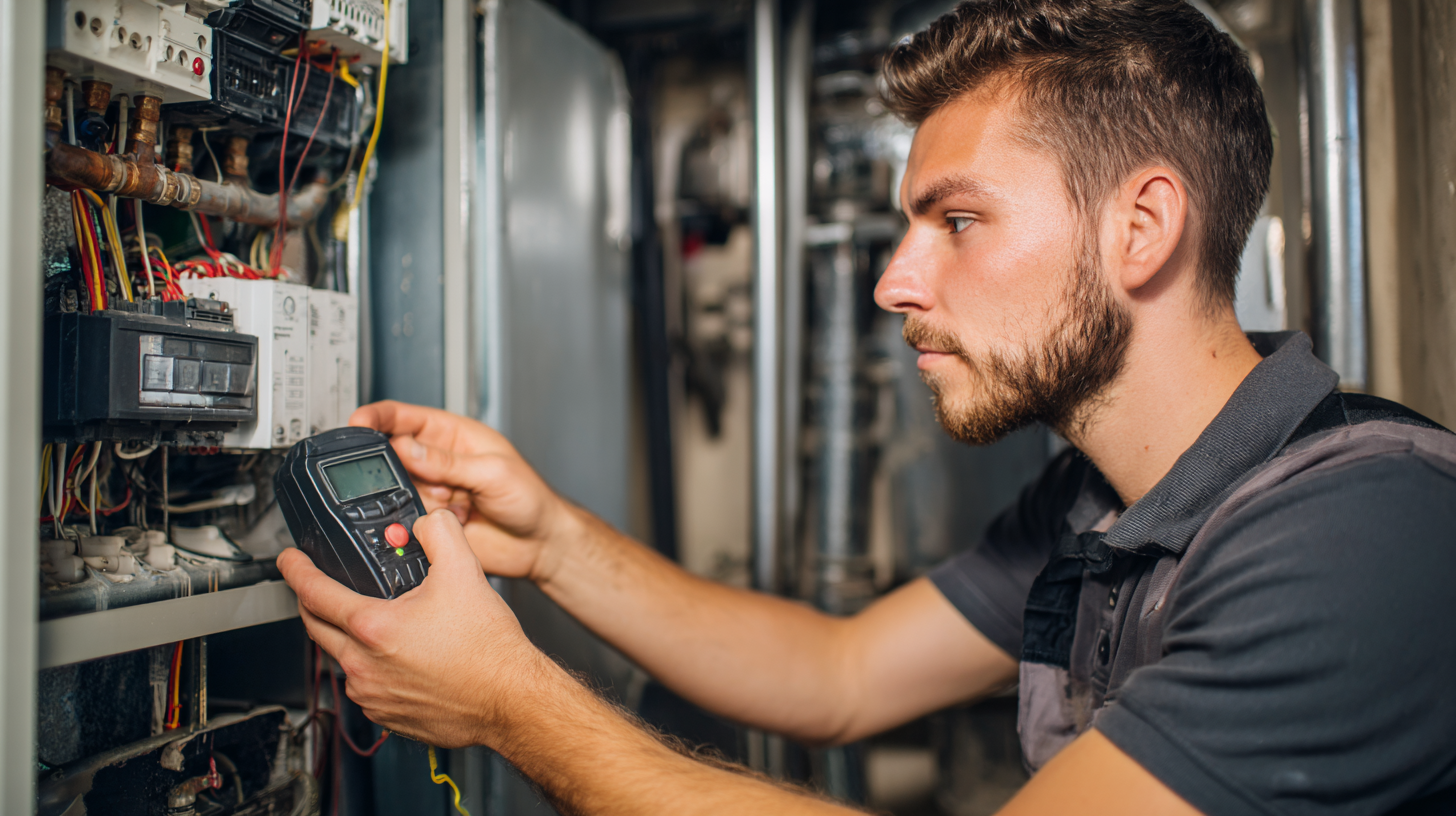 Accurate measurements are crucial for optimizing HVAC system performance, and air flow meters play an essential role in achieving this goal. By providing precise data on air flow rates, these meters enable HVAC professionals to identify inefficiencies, adjust settings, and ensure that systems are operating at their peak. When air flow is properly balanced, it not only improves comfort levels in indoor spaces but also reduces energy consumption, leading to lower utility bills and a smaller carbon footprint.
Accurate measurements are crucial for optimizing HVAC system performance, and air flow meters play an essential role in achieving this goal. By providing precise data on air flow rates, these meters enable HVAC professionals to identify inefficiencies, adjust settings, and ensure that systems are operating at their peak. When air flow is properly balanced, it not only improves comfort levels in indoor spaces but also reduces energy consumption, leading to lower utility bills and a smaller carbon footprint.
Tip 1: Regularly calibrate air flow meters to maintain their accuracy, ensuring reliable measurements for diagnostics and adjustments.
Additionally, the use of air flow meters helps in troubleshooting issues quickly. When discrepancies in air flow are detected, it allows technicians to pinpoint problematic areas within the system, such as duct leaks or blocked vents. This proactive approach not only lowers repair costs but also extends the lifespan of HVAC equipment.
Tip 2: Train your HVAC team to interpret air flow data effectively, empowering them to make informed decisions that enhance system performance.
Incorporating these devices into your HVAC strategy is an investment in efficiency and sustainability. The continuous monitoring provided by air flow meters allows for ongoing performance fine-tuning, which is vital in maintaining an optimal indoor environment.
Best Practices for Integrating Air Flow Meters in HVAC Systems
Integrating air flow meters into HVAC systems is essential for maximizing system performance and energy efficiency. According to a report by the U.S. Department of Energy, proper airflow management can enhance system efficiency by up to 35%. By accurately measuring air flow rates, HVAC technicians can make informed adjustments to optimize system settings, ensuring that air distribution is balanced and effective. This level of precision not only improves occupant comfort but also significantly reduces energy consumption, leading to lower utility costs and a reduced carbon footprint.
Best practices for implementing air flow meters include regular calibration and maintenance to ensure accurate readings. A study by ASHRAE highlights that neglecting these practices can lead to an average 15% drop in system efficiency. Additionally, integrating advanced analytics can help identify airflow anomalies in real-time, allowing for proactive adjustments before they escalate into costly repairs. Training personnel on how to read and interpret air flow meter data is also crucial, as informed decision-making leads to more effective HVAC management and longevity of the systems.
Analyzing the Impact of Air Flow Meter Data on Energy Consumption
Air flow meters play a crucial role in optimizing HVAC systems by providing real-time data on air volume and velocity, which directly influences energy consumption. Understanding this data allows facility managers to make informed decisions regarding system adjustments and maintenance. By monitoring air flow rates, operators can identify inefficiencies, ensuring the HVAC system runs at peak performance and reduces unnecessary energy waste.
Tips for optimizing HVAC systems include regularly calibrating your air flow meters to ensure accuracy, which can prevent over- or under-conditioning of spaces. Implementing variable air volume (VAV) systems can also enhance energy efficiency by adjusting air flow based on real-time demand. Lastly, investing in advanced airflow measurement technology can provide deeper insights into system performance, leading to smarter energy management strategies.
Utilizing air flow meter data not only maximizes system efficiency but also contributes to a sustainable energy approach. By understanding how to interpret the data, HVAC professionals can implement strategies that ensure both comfort and cost savings. This proactive management of air flow results in a healthier indoor environment and promotes energy conservation across the board.
Unlocking Efficiency: How Air Flow Meters Enhance HVAC System Performance
| Parameter | Before Air Flow Meter Installation | After Air Flow Meter Installation | Percentage Improvement |
|---|---|---|---|
| Total Energy Consumption (kWh) | 12000 | 10000 | 16.67% |
| Air Leakage Rate (%) | 15 | 8 | 46.67% |
| Air Flow Rate (CFM) | 1800 | 2100 | 16.67% |
| Comfort Level (Fan Scale 1-10) | 5 | 8 | 60% |
| Maintenance Costs ($) | 2000 | 1200 | 40% |
Future Trends: Innovative Air Flow Meter Technologies in HVAC Systems
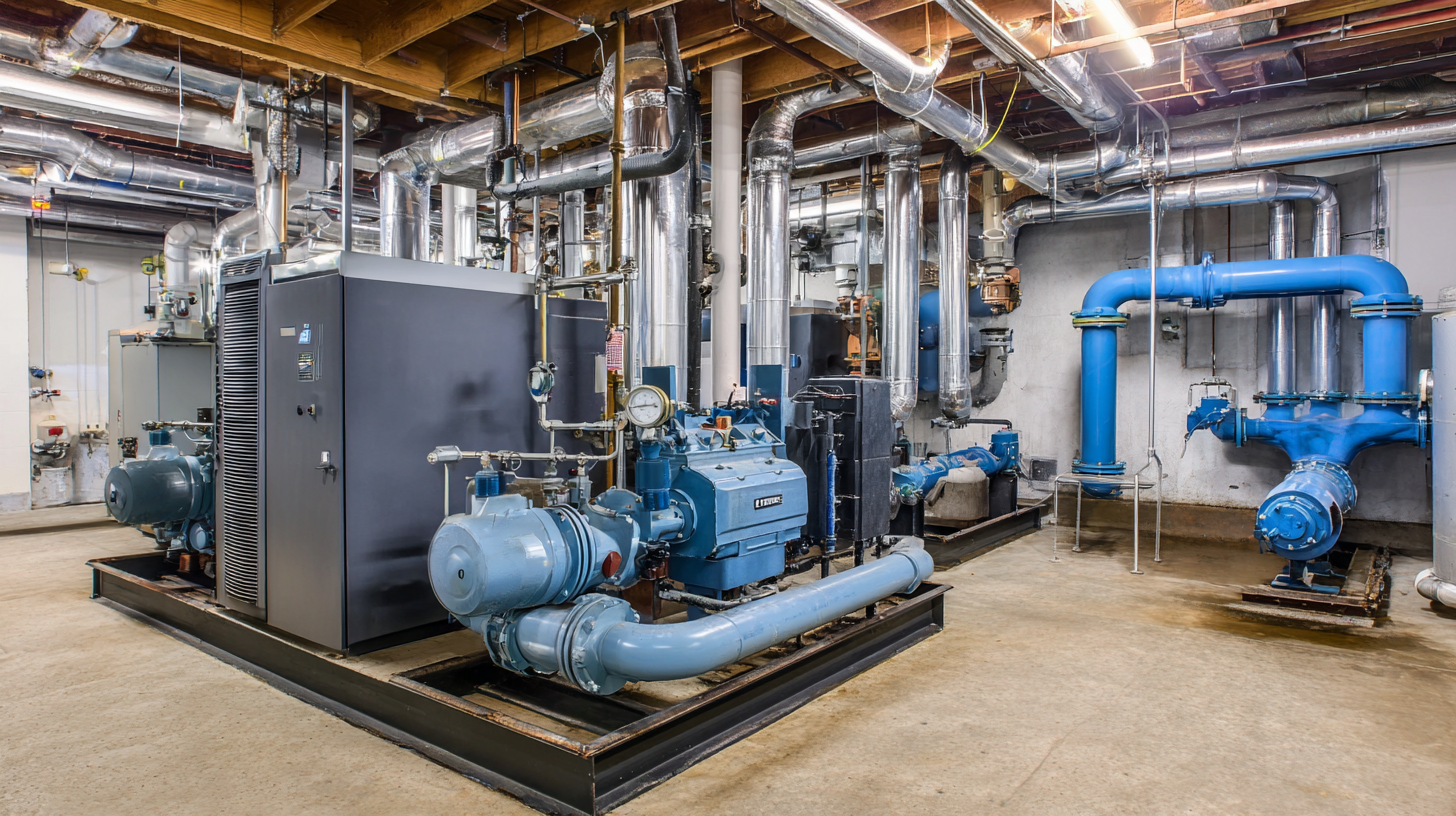 Innovative air flow meter technologies are revolutionizing HVAC systems by improving performance, efficiency, and control. These advanced meters provide real-time data on air flow rates, enabling HVAC technicians to make informed decisions during installation and maintenance. Smart sensors, which can be integrated into existing systems, allow for remote monitoring and management, leading to proactive repairs and reduced downtime. As the demand for energy-efficient solutions grows, the HVAC industry is embracing these technologies to optimize energy consumption and reduce operational costs.
Innovative air flow meter technologies are revolutionizing HVAC systems by improving performance, efficiency, and control. These advanced meters provide real-time data on air flow rates, enabling HVAC technicians to make informed decisions during installation and maintenance. Smart sensors, which can be integrated into existing systems, allow for remote monitoring and management, leading to proactive repairs and reduced downtime. As the demand for energy-efficient solutions grows, the HVAC industry is embracing these technologies to optimize energy consumption and reduce operational costs.
Tips: When evaluating new air flow meter technologies, consider options that offer wireless connectivity for easier installation and data collection. Additionally, look for models with built-in calibration features to ensure accuracy over time, which is essential for maintaining peak system performance.
Emerging trends also point towards the use of artificial intelligence and machine learning algorithms in air flow measurement. These technologies can predict changes in air flow patterns, allowing HVAC systems to adjust dynamically based on usage patterns and environmental conditions. Such advancements not only enhance comfort but also contribute to sustainability efforts by minimizing energy waste.
Tips: Regularly update your HVAC system's software to leverage the latest improvements and maintain seamless operation. Stay informed about new developments in air flow meter technologies to ensure your systems remain cutting-edge and efficient.
Related Posts
-

How to Effectively Choose the Right Air Flow Meter for Your Industrial Needs
-
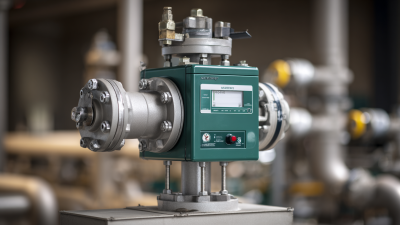
9 Proven Reasons Why Mechanical Flow Meters Are the Best Choice for Accurate Measurements
-
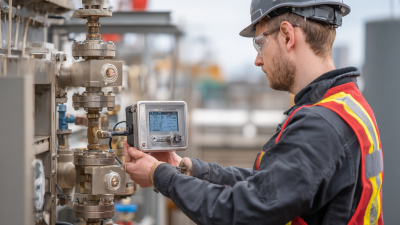
How to Choose the Right Non Contact Flow Meter for Accurate Measurement in Industrial Applications
-
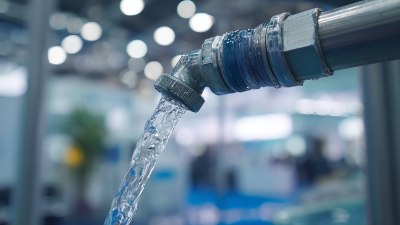
Driving Innovation in Water Management Solutions at the 138th Canton Fair 2025 with Clamp On Water Flow Meters
-

10 Best Chemical Flow Meters That Improve Accuracy by 95 Percent
-
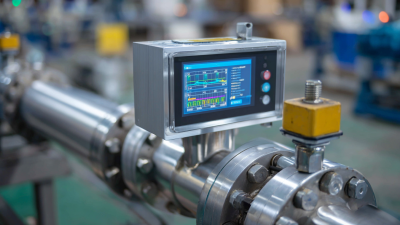
How to Choose the Right Electromagnetic Flow Meter for Your Application
